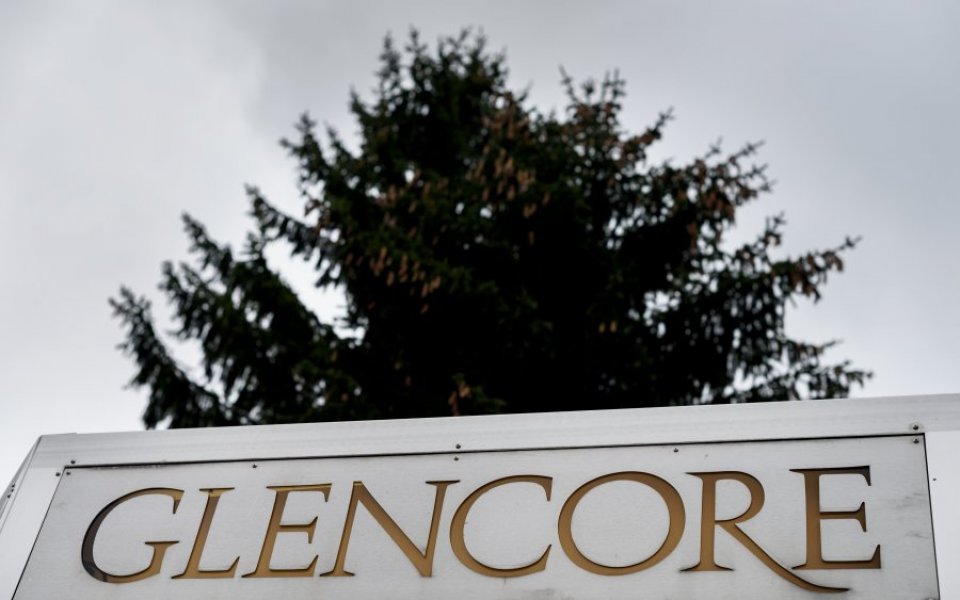Glencore share price falls as profits plunge on weak commodity prices

Today's results come as no surprise to investors, with Glencore's profits tracking huge falls in commodity prices last year.
The figures
Glencore's share price fell around 2.4 per cent to 130.p per share this morning.
The commodity miner and traders's adjusted net income fell 69 per cent to $1.34bn (£961m) last year, down from $4.28bn a year earlier. This was mainly due to weaker commodity prices, although Glencore said the falls were partially offset by its cost cutting efforts
Adjusted earnings before interest and tax in its trading sector fell 11.7 per cent to $2.46bn, and losses widened 107.5 per cent to £292m in its mining unit.
The company was forced to stomach exceptional charges of $5.8bn, mainly due to impairments, restructuring costs and disposals.
This came as Glencore shrunk its net debt by 15 per cent to $25.9bn during this period from $30.5bn in 2014, just shy of its target for $25bn.
Why it's interesting
The results will come as no surprise to investors who’ve witnessed mining companies’ balance sheets pummelled by plunging copper, nickel, zinc and iron ore prices over the last year. That's presumably why its share price has only ticked down today.
Precious metal prices have suffered as reduced demand in top consumer China has been compounded by large mining companies boosting production to defend their market share.
While the pain has been felt industry wide, Glencore was thrust into the spotlight last year after a bearish analyst note warned the company's value could evaporate if commodity prices stayed in the doldrums.
But the Swiss miner subsequently announced cost cuts and asset sales to whittle down its high debt levels.
Glencore today said it was confident it could achieve $4-5bn of asset disposals during the rest of 2016, on top of the $1.6bn of deals already agreed.
Less debt will help Glencore preserve its investment grade rating, which is vital to its trading business. This is because Glencore borrows money to take large positions that can generate tight profit margins.
Glencore has long argued its trading arm gives it a cushion from the commodity price rout, and the results also show it's increasingly reliant on this division.
What Glencore said
"Our rigorous focus on debt reduction, supply discipline and cost efficiencies enabled Glencore to record a robust performance in difficult market conditions," Ivan Glasenberg, chief executive of Glencore, said.
"Our diversified portfolio, based around a core of Tier 1 assets, combined with our highly resilient marketing business, underpins our ability to continue to be comfortably cash generative at current and even lower commodity prices."
In short:
Glencore's profit fell on weak commodity prices and $5.8bn of impairments and restructuring costs.